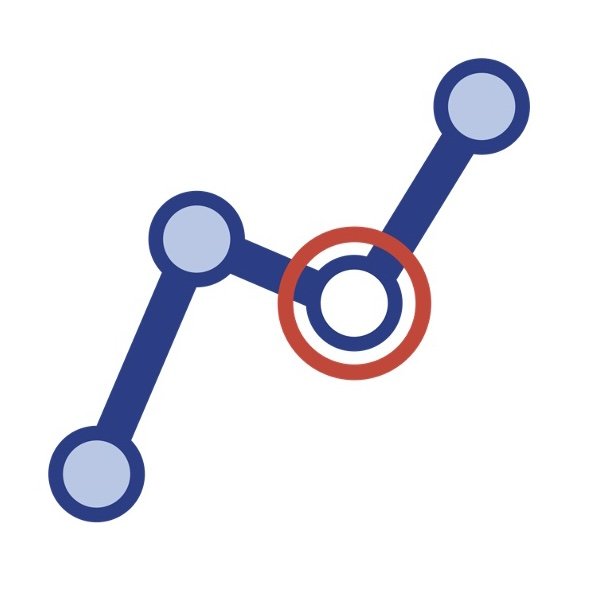A popular assumption is more deaf people are continuing their education because high schools, training programs, colleges, and universities are now more accessible to a wider range of deaf people — thanks to a myriad of factors, including the Americans with Disabilities Act, parental advocacy, and the work of organizations like the National Deaf Center Postsecondary Outcomes (NDC).
But have more deaf people completed high school and college degrees from 2008 to 2018?
Yes, gains have been made, but gaps continue to persist. That’s according to new analyses just published in the Journal of Postsecondary Education and Disability (JPED), Change Over Time in Educational Attainment for Deaf Individuals from 2008-2018, by NDC researchers led by director Carrie Lou Garberoglio, researcher Adam Sales, doctoral student Paige Johnson, and founding director Stephanie W. Cawthon.
From 2008 to 2018, the researchers found there was an increase in the number of deaf graduates with high school diplomas, associate degrees, and bachelor’s degrees. High school completion among deaf people increased from 80% in 2008 to 84% in 2018, associate degree completion increased from 24% to 29%, and bachelor’s degree completion increased from 16% to 19%.
That’s good news because previous research found deaf people are more likely to have jobs, make more money, and be involved in their communities when they complete high school and continue their education.
However, the analyses found completion rates for hearing people also increased at largely matching rates — meaning not much progress was made on narrowing the completion gap between deaf and hearing people. This continued gap in education means hearing people remain more highly educated than deaf people in the United States, which can make them more competitive in the job market.
The researchers also focused on how completion rates are different across intersectional factors, such as age, gender, and ethnicity. They found deaf Black, Latinx, and white people showed increased completion rates across all levels of education.
Deaf Black and Latinx people showed the largest increases in high school completion, increasing from 72% in 2008 to 81% in 2018 and 57% in 2008 to 68% in 2018, respectively.
Black deaf women in particular are significantly narrowing the gap in high school completion between Black deaf women and Black hearing women.
This research is essential to the field because so few studies look at long term trajectories of academic achievement for deaf students. This paper therefore fills a critical gap in the field and is a model for future analyses on the differential opportunities for people with intersectional identities.
The JPED is the leading forum for scholarship in the field of postsecondary disability services. As the official journal of the Association on Higher Education And Disability, the JPED serves as a resource to professionals dedicated to the advancement of full participation in higher education for persons with disabilities.
